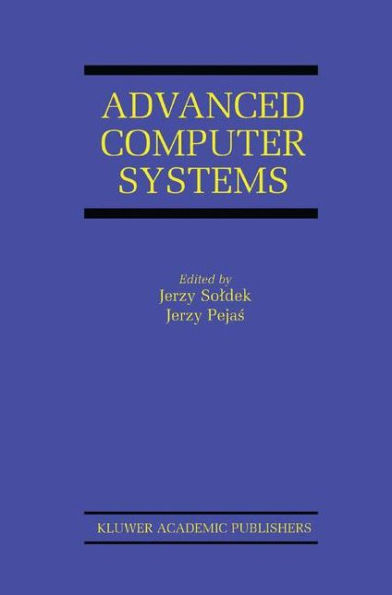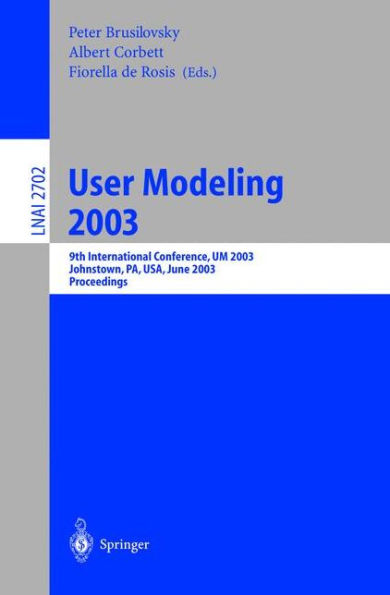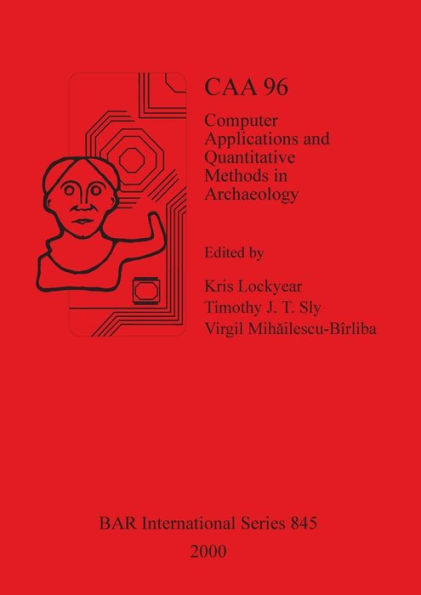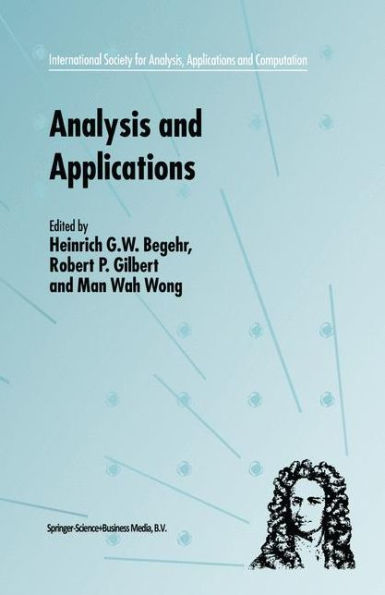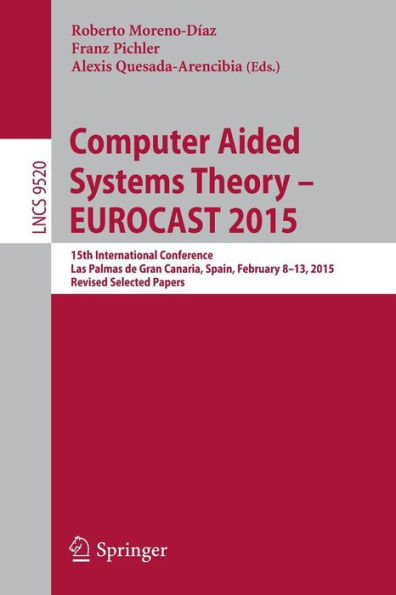Home
Micro Total Analysis Systems '98: Proceedings of the uTAS '98 Workshop, held in Banff, Canada, 13-16 October 1998
Loading Inventory...
Barnes and Noble
Micro Total Analysis Systems '98: Proceedings of the uTAS '98 Workshop, held in Banff, Canada, 13-16 October 1998
Current price: $219.99


Barnes and Noble
Micro Total Analysis Systems '98: Proceedings of the uTAS '98 Workshop, held in Banff, Canada, 13-16 October 1998
Current price: $219.99
Loading Inventory...
Size: OS
*Product Information may vary - to confirm product availability, pricing, and additional information please contact Barnes and Noble
Micro-TAS '98 is the third of a series of symposia initiated by MBSA (University of Twente) in 1994, on the subject of miniaturizing, and integrating within a monolithic structure, the chemical, biochemical and biological procedures commonly used for analysis and synthesis. The primary tool used to develop micro-total analysis systems (mu- TAS) has been micro-photolithographic patterning and micromachining. These powerful tools of Micro System Technology (MST or MEMS) have been applied in highly imaginative ways to develop microchip chemical arrays, fully integrated pump and fluid manifolds, and electrokinetically driven micro-channel systems to be used for genetic analysis, clinical diagnostics and environmental monitoring, and to integrate reactions as diverse as the polymerase chain reaction (PCR) and the large volume, partial oxidation of ammonia. This text illustrates the rapid expansion of the field, the extensive industrial involvement, the increasing number of participating researchers, the expanding range of concepts and applications that utilize MST and microfluidic devices, and new MST-compatible plastic micro-machining to meet the needs of the life science community. This volume contains the proceedings of the Third International Symposium on Micro-Total Analysis Systems, mu-TAS '98, held on October 13-16 in Banff, Alberta, Canada. State-of-the-art invited and contributed papers presented by the world's leading mu- TAS research groups provide a highly informative picture of the growth since 1994 and of the promising future of this exciting and rapidly growing field.





